- Customer Service
I didn’t really follow the classical ordering process and I was in contact with Jomo by email, Facebook chat and on Instagram. Not the usual way to go but that hardly ever is the case when getting review samples. The only thing I can say is that Joseph was always kind, friendly and getting a reply never took long. Because both of the monitors fit great and sound perfect, I also didn’t have a reason to get back in touch after I received them. Based on my (limited) experience however, I’m sure his after sales service is just how it’s supposed to be.
Ordering can be done locally at one of their dealers but most of you will probably order directly from the Jomo Audio website where you have to download an order form, old-school style. Most of the other CIEM companies nowadays have an automated online ordering process that allows you to visualize your monitors before ordering and that lets you follow your monitor’s journey from receiving the ear impression up to the sending of the monitors. For now Jomo audio doesn’t offer this but I’m sure Joseph has something cooking.
- Sound
The last two custom inears I reviewed were the EartechMusic Quad and the Lime Ears Aether which got my Best CIEM of 2015 award. When I started listening to the Jomo5 and the 6R, my ears (and mind) really needed to reset. Both the Quad and Aether have very full bodied mids and bass where both of the Jomos have a much lighter sound signature. To me the Jomo’s are more about precision and detail. Both monitors clearly are to the more neutral side and the 6R actually might even be the most neutral and linear monitor in my collection. The Jomo5 is more to the warmer side of neutral. Neutral doesn’t mean they aren’t musical cause they both are, they’re just not as musical as the Cosmic Ears CE6, the Legend R and the VE5 just to name a few. Comparing both monitors was pretty easy with Chord’s Mojo and its two 3.5mm outputs as it allowed me to quickly switch between monitors before “forgetting” how the first one sounded. It just makes it easier to immediately discover the subtleties. The Jomo5 doesn’t really give you the impression of having an open, airy and wide sound. Sound is more centered and compact/inside your head but it’s the smoothest and thickest of both. This “openness” do is quite a bit better with the Jomo6R though, especially in the upper mids and treble section. Same goes for left/right balance and positioning: neither are the absolute top but the Reference 6R does it best.
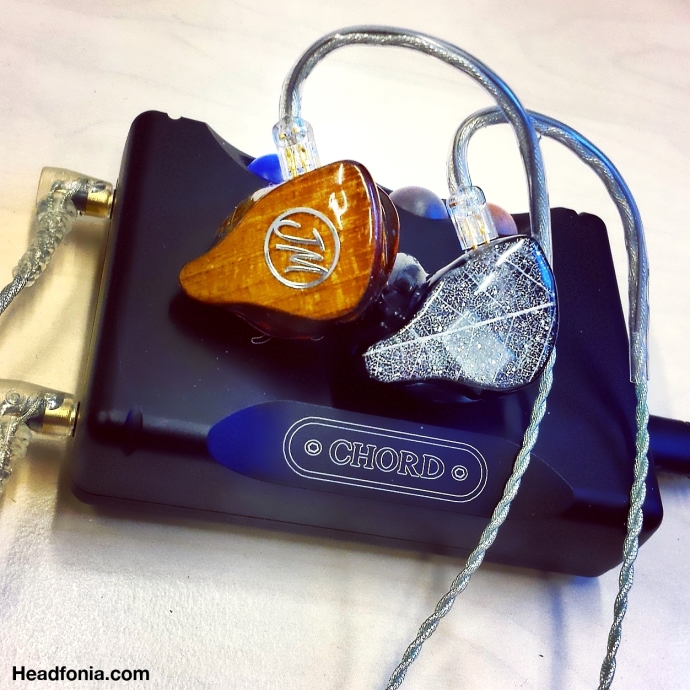
The first noticeable difference between both of the Jomos is that the 5 has slightly more body in the bass department. That’s also why it turned out to be the one I mostly used on the go. If you like full bodied and impactful bass then the Jomo5 isn’t really for you, and don’t even think about the 6R. In the 5, bass has slightly more body. Punch is reasonably present and bass is tight, yet not the most layered. I wouldn’t say the 5’s bass goes really deep and it’s a more inoffensive tuning. At the same time I can’t say bass is lacking, it’s just not as present. The Reference6’s bass tuning is close to the 5’s but what it lacks in body, it makes up with more layering and detail. Bass quality is better as it is richer sounding than in the Jomo5 but don’t be mistaken, the bass is neutral/reference tuned. An I mean that in a very good way. Just like with the Jomo5 bass doesn’t go all the way down though and sub bass is missing somwhat.
It’s more or less the same story with the mids section of both monitors. The 6R is the most linear and neutral, bass and mids connect perfectly. In the 5 they also connect nicely but the mids, just like the bass, have a little more body and impact than in the reference model. The 6R does have better layering and sounds richer (but thinner). Both monitors sound realistic but the 6R clearly is the most natural and clean sounding. Vocals in the 6R are just a tad more forward than in the 5 as the upper midrange is also more elevated. Midrange in both monitors doesn’t go very deep though.
Treble on both monitors is very clean but it’s the 6R model in which the treble is most detailed, airy and energetic. It’s also the 6R in which treble is further extended and more dynamic. Treble is clear, and never harsh or too clinical though, not even with more analytical DAPs. The upper midrange and treble are the strongest points of both monitors, and the 6R pretty much outperforms the 5 everywhere except for body in bass and mids.
- Driveability & Sources
As seen in the specs, both of the Jomo’s are extremely easy to drive. The Jomo6R even hissed a little on the powerful Cayin N5 using the 3.5mm out (not the balanced one). Because both of these monitors don’t have a big “impact” body wide, I especially enjoyed using the Jomo’s on a full sounding DAP such as the L5Pro, the DX80 and the Cayin’s N5 (review soon). Cable wise, I especially liked the PlusSound Apollonian+ and the Effect Audio Thor Copper as both add that bit of extra “body” to the sound and give the bass a push in the back. If you’re looking for a big bodied sound with impactful bass then neither of these Jomo’s will make you purr.
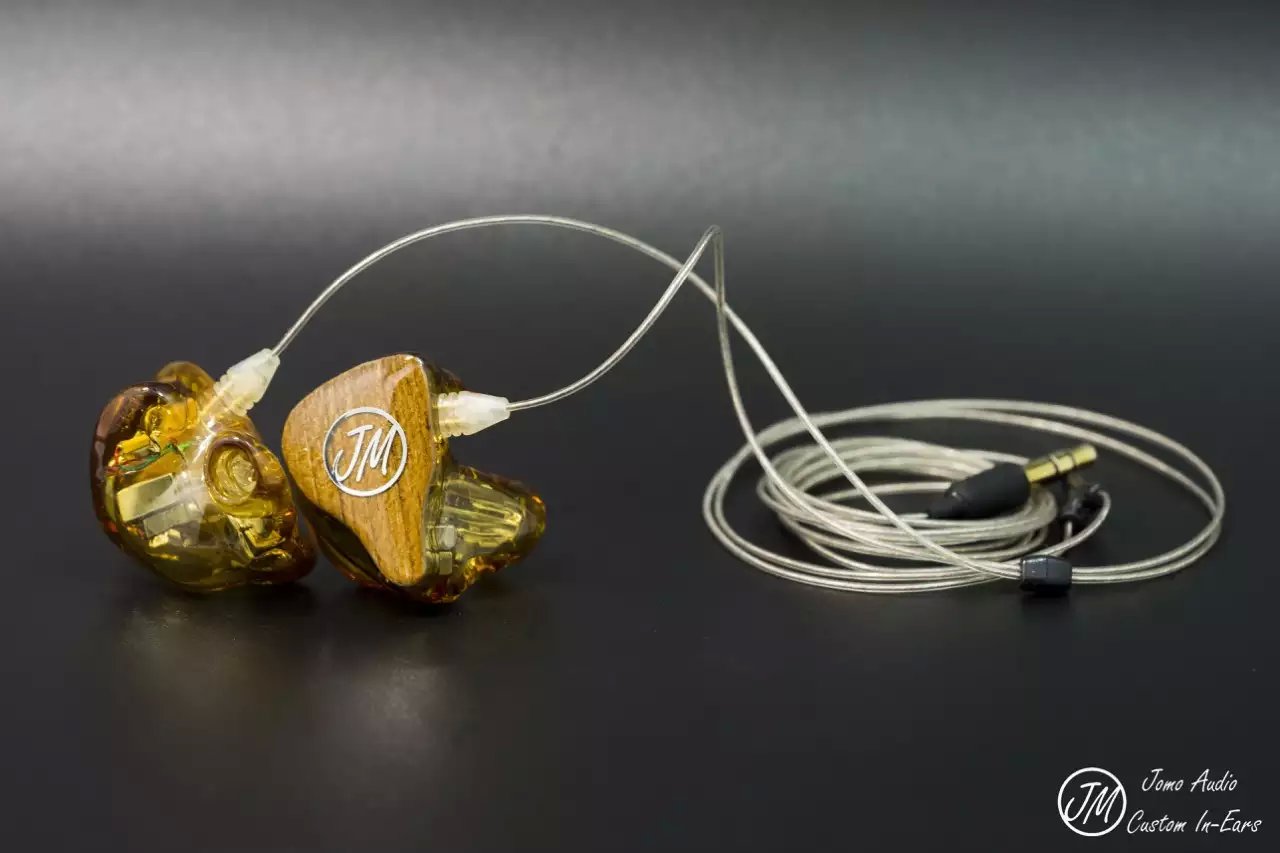
You could easily add a portable amplifier to your setup to give them a little more bass and body but there’s no real need to amp them, unless you’re planning on changing their sound signature. One of the amps that works well with the Jomo’s is Jan Meier’s Corda Quickstep. The 9V battery powered Quickstep doesn’t “change” your sound and brings the best out of any IEM/CIEM. I also used ALO’s Continental Dual Mono a lot in combination with the Jomo6R, I really liked the added warmth and smoothness of the CDM’s tubes. At work I mainly used them with Chord’s Mojo. The Mojo doesn’t impress me as much as the Hugo does but it is small and it does have good body in the bass and mids section.
- Comparisons
It’s funny how all these 5 drivers can sound so different. The Rhines Stage 5 has a focus on bass and the mids are more recessed and can sound kind of muffled with a bad source or less qualitative files. Jomo5’s sound is a lot cleaner and more clear and doesn’t have the impact or body of the Stage 5. Voices are also a lot more upfront. Vision Ears’ VE5 is incredibly good for vocal music, it takes a bit of time to get used to the sound but once you do you will find its clarity addictive. Focus in the VE5 is on the (high) mids and the treble just like with the Jomo’s, yet at the same time they’re different as the VE5 does have more body in mids and bass, with a wider sound stage. These are complementary monitors though. Cosmic Ears’ CE5P is a good all-rounder just like the Aether, and bass and mids have bigger body in both monitors. The CE5 and Aethers’ sound stage, depth and texturing are better than on the Jomo’s but the treble section in the Jomo’s, together with the voices, are more impressive. Bass wise, Aether of course has the bass switch and the CE5 isn’t bass shy either, it’s a.o. what makes them so musical.
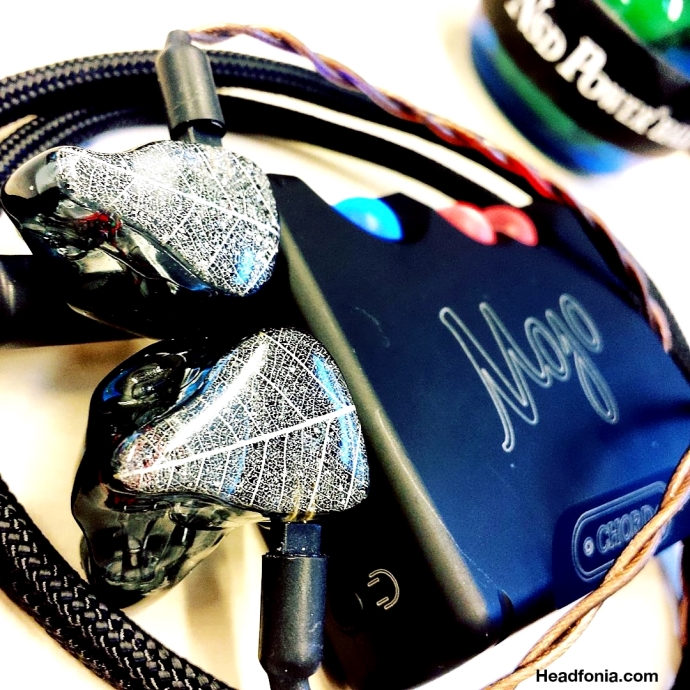
There for sure is a difference with the other 6-drivers in my collection: The 1964Ears V6S and the Cosmic Ears CE6B. The latter is the bass version so there is no comparison to the reference tuned 6R. I do still think the CE6 is one of the best all-round 6-drivers on the market. The V6S is strongly v-shaped and both share the same characteristics for what upper mids and treble is concerned but the bass on the 64’s goes deeper, has more impact and has more layering.
Let me know if there’s a specific monitor in my collection you’d like me to compare the Jomo6R to and I’ll do my best to make that happen.
- Conclusions
It seems to me that Jomo is really targeting listeners with a strong preference for neutral tuned monitors and for the upper sections and vocals. While the Jomo5 has more body and impact in bass and mids compared to the Jomo6R, they both still are lighter and thinner sounding then most of my other inears. Both monitors however do perfectly what they were designed to do.
Jomo’s pricing compared to the competition is pretty good and they have improved a whole lot on what design and customization is concerned. If their described sound signature is appealing to you, then I would certainly advise auditioning these as their “value for money” ratio is quite high.
Thank you Joseph and Jomo for the review samples and I look forward to that Jomo8 😉
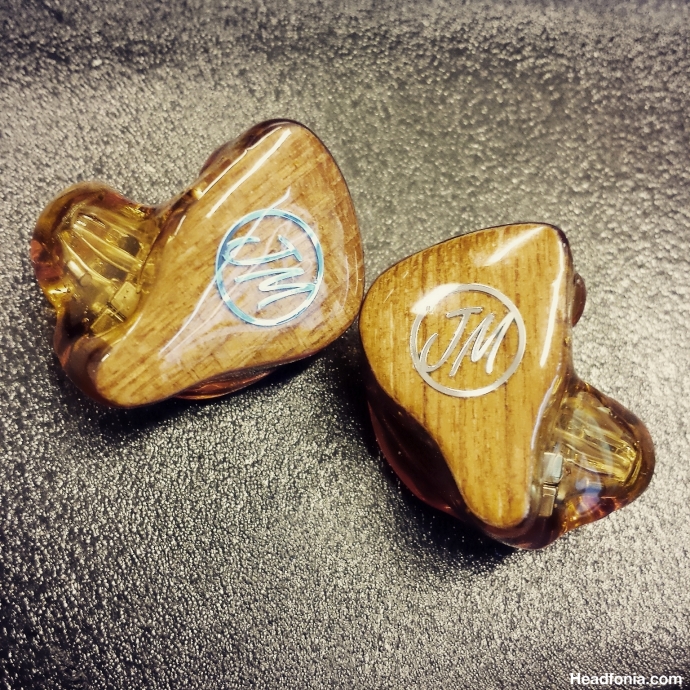







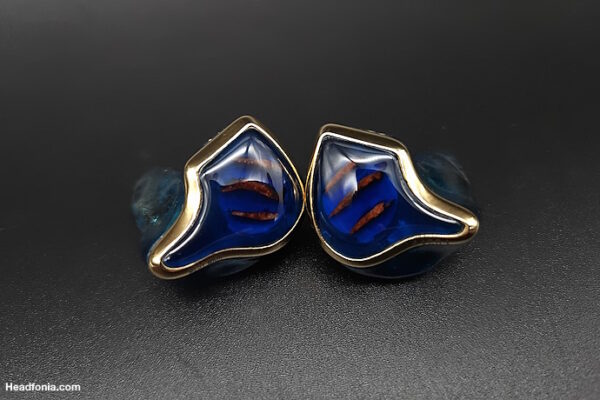
lowbies
Any comparison 6R with CA H8P?
Headfonia_L.
I’ll try to get that tonight
lowbies
Any followup lieven?hahhaa
Headfonia_L.
I put in my H8P yesterday before going to bed. The H8P has more focus on the treble and sounds harsher. The Maestro has more body in mids, bass and sub bass. Detail on both is excellent but the layering on the Maestro is a lot better. The H8P sounds fairly inside your head compared to the Maestro’s superb sound stage and “open-ness”. Both have great Left-right balance.
Hope this helps!
lowbies
That helps so much…thank you so much lieven…
Icarus89
I cant help but wonder, when you say Maestro are you referring to the 6R? Because the question asked for comparison between the 6R and H8P, which I am also rather interested to know. Thanks!
Au Junfeng Justin
Hi would it be poosible to get a comparison with the westone equivalents?
Headfonia_L.
sorry, no
Au Junfeng Justin
Thanks anyways XD
Anthony Kimball
I was wondering, since you mentioned that Jomo does custom sleeves, if you have any experience with using them (sleeves). I’ve been on the fence about trying custom sleeves for my Shure 535s, and I was wondering how they effect the sound signature…I actually haven’t read too many reviews on custom sleeves, any input would be appreciated.
Headfonia_L.
To be honest, Anthony, I have never tried. A perfect fir would mean the best possible sound. I don’t think it will change your sound signature
George Lai
It will change the SQ as the distance of the tip of your IEM is usually further away than when compared to using it without the sleeve, plus there is the question of the tube in the custom sleeve itself. Like anything else, having another connector, for want of a better word, will also test the seal achieved. I had a pair made once and now it just sits there as an expensive pair of silicon blobs.
Anthony Kimball
Thanks George…That was my fear. Sleeves “sound” like a good idea in theory, but I figured if tips can change the s/q of earphones, then these should too. I’ve seen very little about them on line…thanks again.